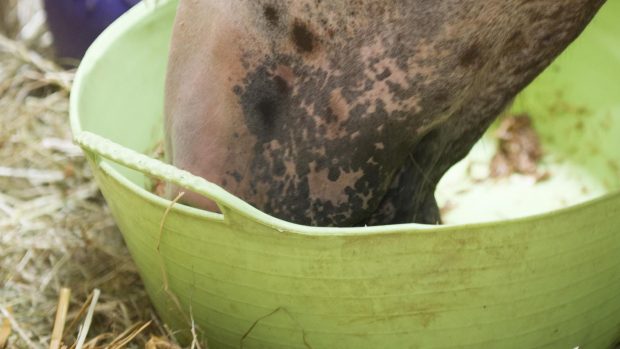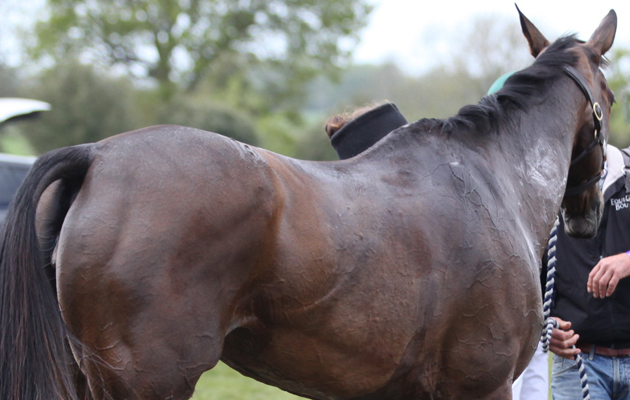Whether it is a three-day event or a local agricultural show an owner should have everything they need to makethe vet’s job as straightforward as possible, should an injury occur.
First, make sure you have to hand any official documents that may be required: horse passport, vaccination record and height certificate.
A quick glance at your horse’s current vaccination record may avoid an unnecessary tetanus injection.
It is also important to bring written evidence of any previous allergies. These may be naturally-occurring illnesses, such as chronic obstructive pulmonary disease, or, more important, any known adverse reactions to drugs used in past medication.
An avoidable anaphylaxis (acute allergic reaction to an injection) is one less problem for the vet to cope with during a busy show day.
Make sure you have a comprehensive first aid kit, which includes an ample supply of stable and exercise bandages. A vet’s box of assorted dressings soon becomes depleted towards the end of a busy show day.
Should you require immediate assistance, make sure that your precise location on the showground is given clearly as well as the nature of the injury.
If your horse is capable of making it back to the horse box area, give a good description of your vehicle – make, colour and number – and its exact location.
Do not seek free, off-the-cuff second opinions about conditions that were apparent long before the show. This not only diverts resources from a possible emergency, butis unfair to the vet.
A bad fall may result in little more than winding. In the latter case, removing the saddle and giving your horse time to recover should allow him to participate later on.
Whatever clinical advice is given to the judge, it is his decision whether your horse is allowed further progress. The horse’s welfare is paramount, so you must accept the decision.
Veterinary cover at shows
Veterinary cover for the duration of the event is the competitor’s prime concern. There is usually no problem during the stated times of the competition, but at a two-day event there may be no on-site night cover available, so you need to check this with the organisers.
You will also expect cover to consist of sufficient personnel to monitor all aspects of the event. That will not be a problem in cross-country events, where cover is mandatory, but it may not be as straightforward at a small show.
You will expect the vets to have sufficient drugs, equipment and dressings available. This will not be difficult for a purely equine event, but can be a problem when loading the car for a local show where cattle, sheep and dogs may be entered.
You will want the vet to arrive as quickly as possible, but as this may involve using off-road vehicles and transferring the kit, you must allow time for that.
At point-to-points, team chases, hunter trials and cross-country phases, such vehicles will already be positioned at strategic points on the course, so saving delay.
Many organisers are reluctant to use the public address system to call for veterinary assistance, so you should find out where you can take a request for veterinary help.
If your horse’s injury turns out to be a potentially serious condition, you will be thankful for as much privacy and confidentiality as possible. This may involve putting screens around your horse if it is deemed unwise to move him, or to walk him quietly to the rear of the lorry park.
Your own vet should be informed of any treatment or procedure when you arrive home.




